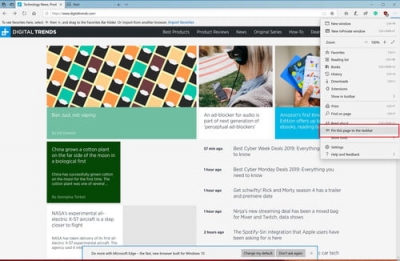
Sitting sill for hours glued to the computer or the television screen can affect our physical and mental well-being. Apart from the regular breaks you take in between your long sessions online, invest time in your fitness. Here, we list a few apps and videos you can refer to or download to start your workout programme in the comfort of your home.
Yoga for kids and family fitness
This app is not just for children, but for the whole family well. Offering interesting asanas as well as healthy recipes and nutrition facts, this app is a whole package. There are different difficulty levels in workouts to suit your needs. The animated characters that teach you the workouts are the most entertaining aspect of the app.
This app is available for free download on Android phones.
Fitness Pets
This app encourages you to stay fit in an interesting way, fun way. The app lets you choose a virtual pet and take care of it. Your virtual pet grows and develops when you walk a certain number of steps in a day. The app also has fun mini quests and games to keep you motivated.
This app is available for free download on Android phones.
Little sports
This YouTube channel has two animated characters showing different exercises. Their playlists have exercises targeting different body parts as well as full-body workouts. You can cast the workout to the television or stream it on your laptop. The videos are simple to follow and span anywhere between 10 mins and 40 mins.
Stand Up Kids – Movement break
This website aims to get kids moving and give up on their sedentary lifestyle. Under the Stand Up Kids movement break curriculum, you can find a variety of exercises that help you stay fit, not just physically but also mentally. The video are shot by coaches and physical education teachers and can be easily followed. They also have a YouTube channel with fitness videos.
Get kids moving
This interesting YouTube channel started by a health coach and personal trainer from London helps you realize your potential as a superhero. The channel has videos focused on moves from your favourite superhero and fantasy movies such as Wonder Woman, Captain America and Harry Potter. The workouts are short, fun and easy to follow. Time to put on your superhero game face.
Picture Credit : Google










